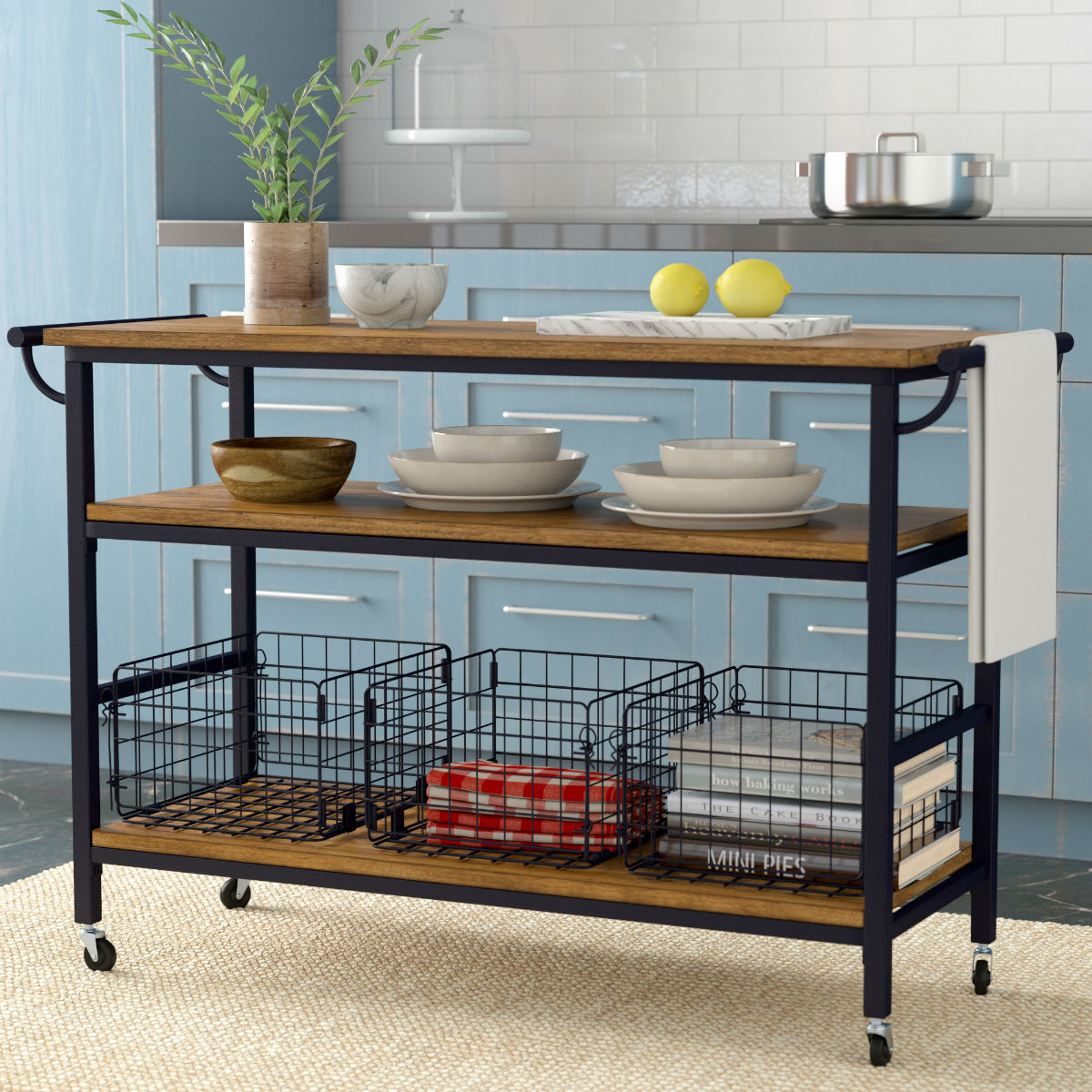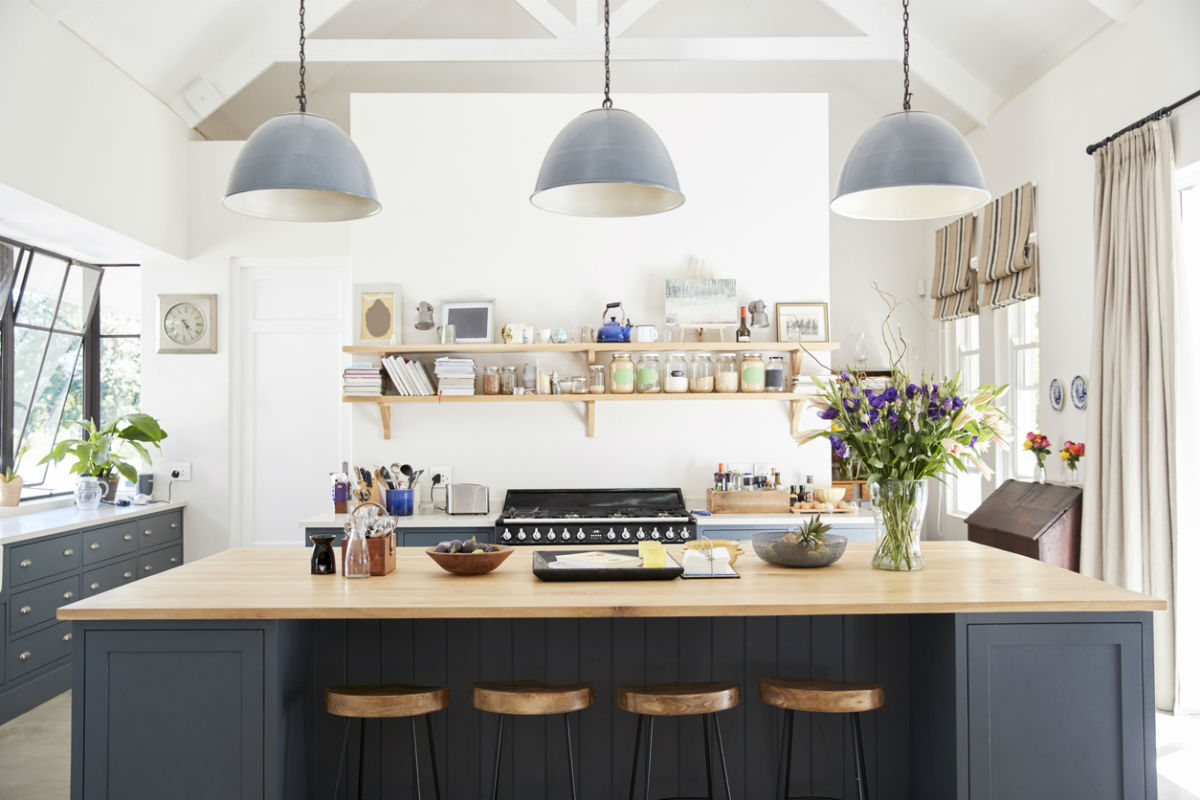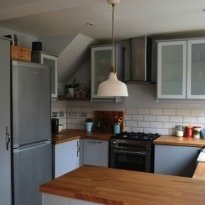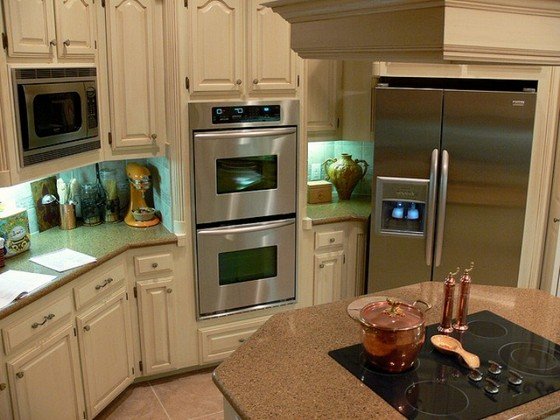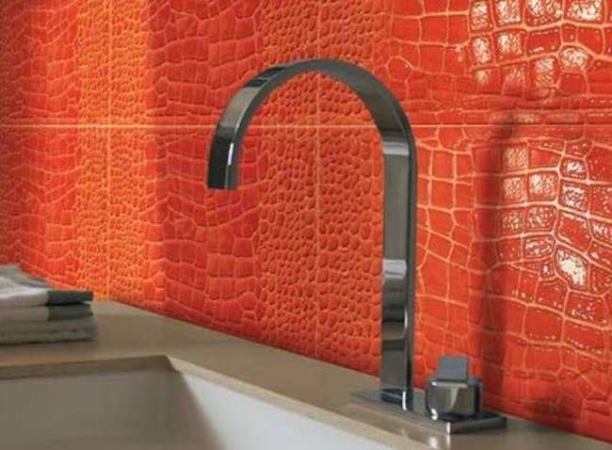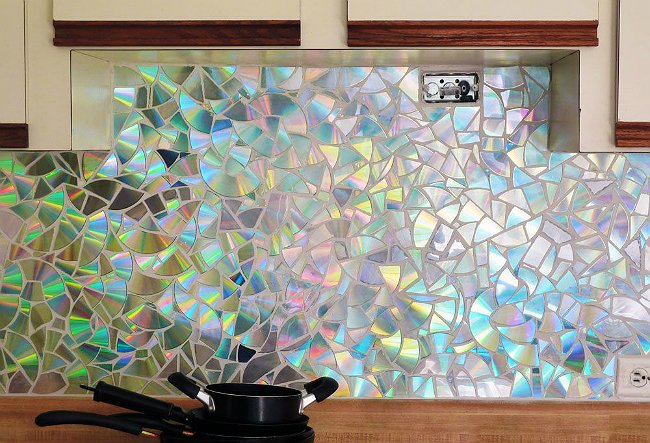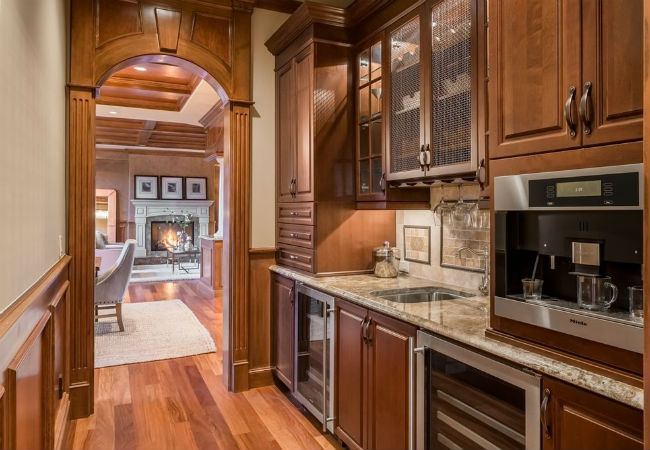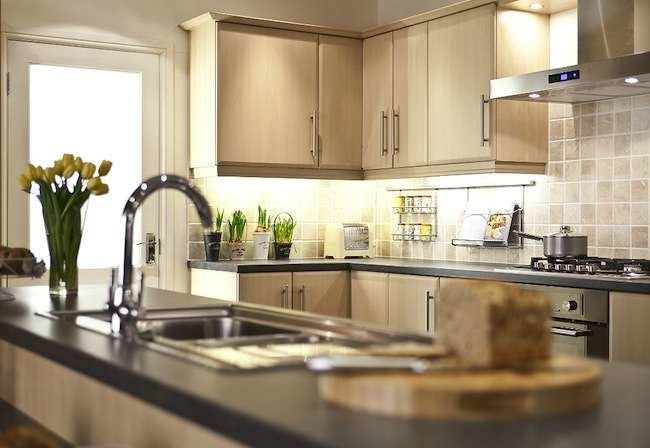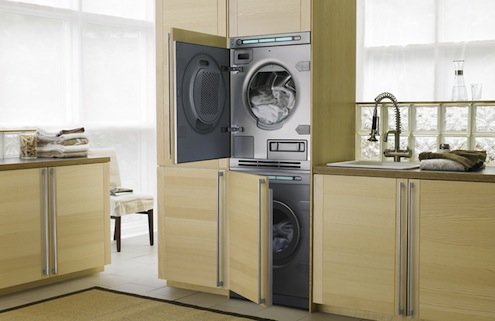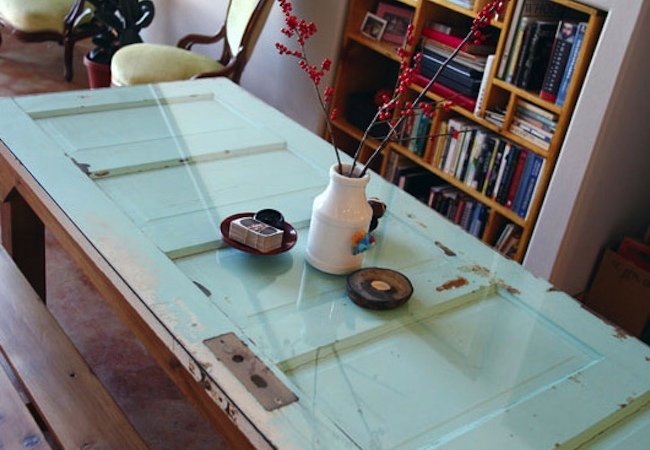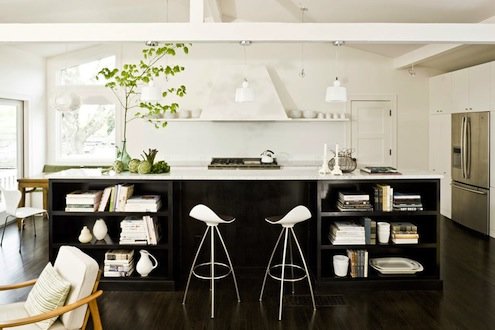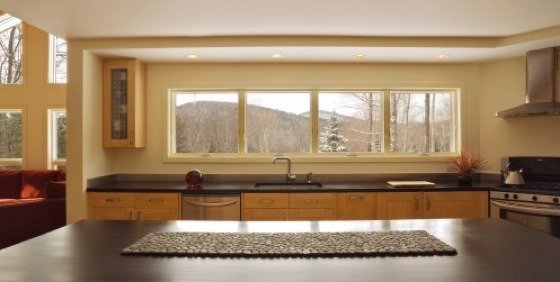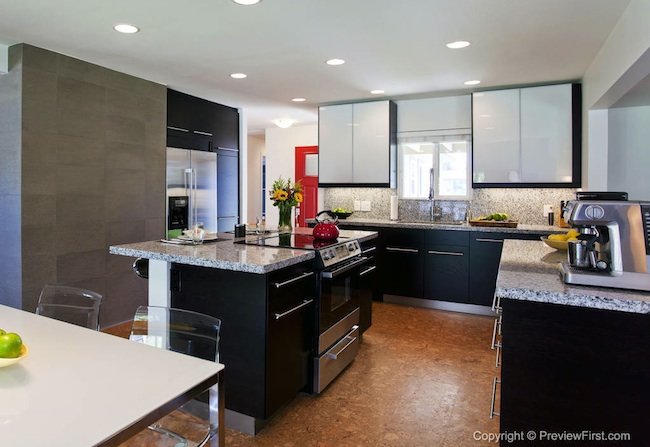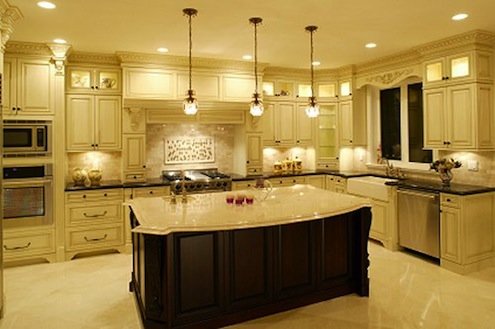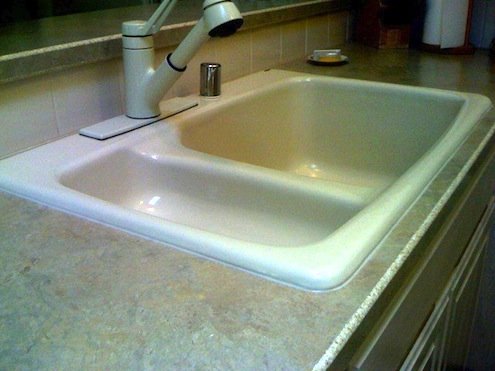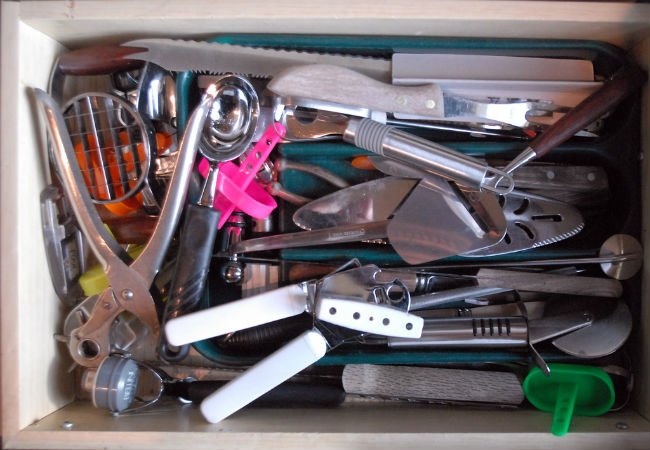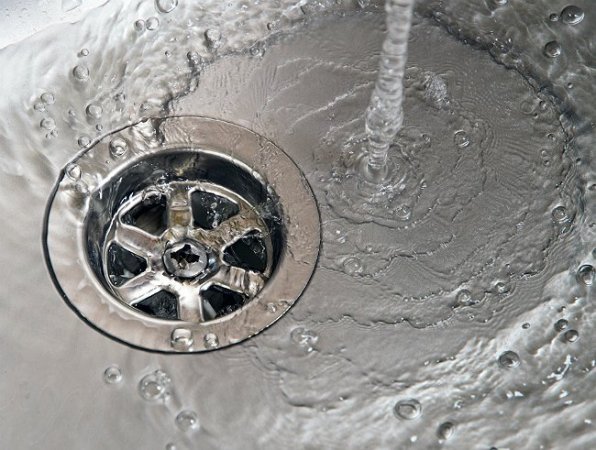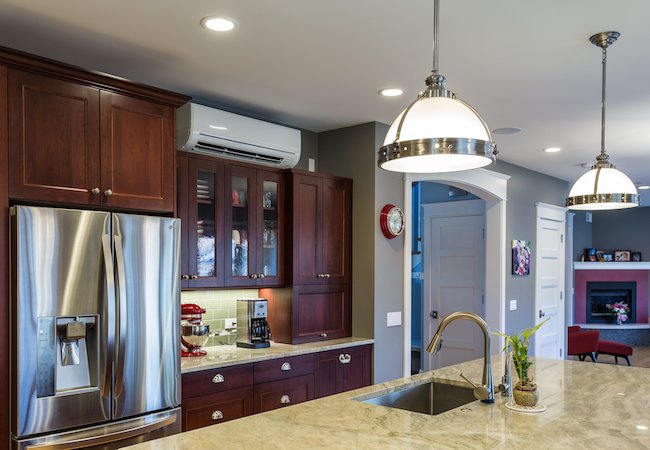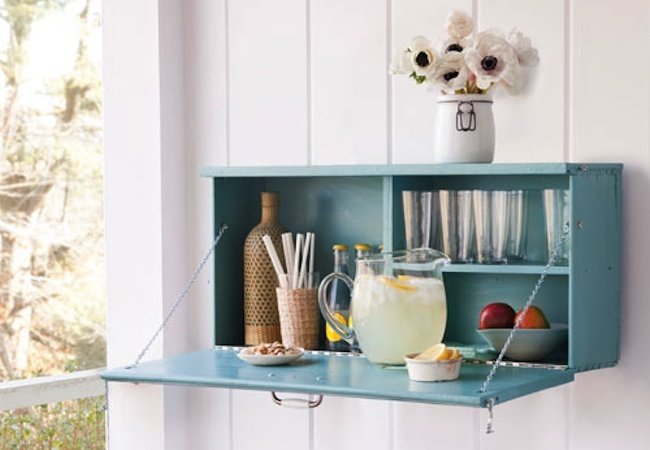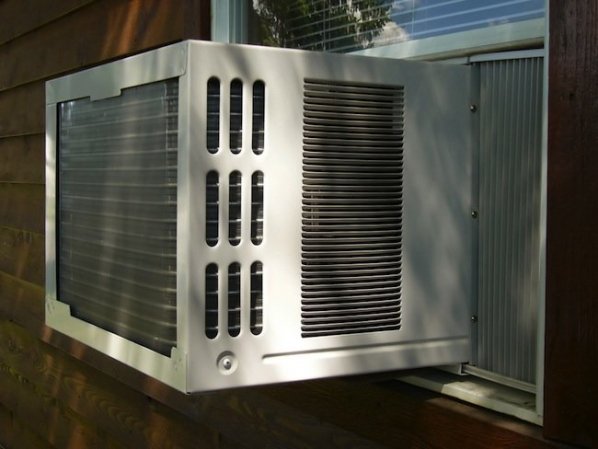We may earn revenue from the products available on this page and participate in affiliate programs. Learn More ›
Q: My husband and I are designing our kitchen remodel ourselves. We definitely want a multi-purpose kitchen island, but our main question is: How big should the island be in proportion to the room’s footprint?
A: DIYing your kitchen design, is an exciting, challenging feat that will no doubt ultimately benefit your family and friends. It’s great that you and your husband are learning how to make the most of storage, food prep, and dining in a way that best suits your needs and style.
Your question shows foresight, because it’s not only the size of the island but the space around it that you must consider. Fortunately, there are a few solid rules to follow for kitchen island size and proportionality. And because you want a multipurpose island, you should look at four different scenarios for maximizing utility and traffic flow around an island, while minimizing any lost space. Read on for help configuring your island.
RELATED: The Best Kitchen Islands Under $500
At a minimum, your built-in kitchen island size will need to be four feet by two feet—with an average of 36 to 42 inches of clearance all the way around.
You can stretch the surrounding space to 48 inches or shrink it to 30 inches—but in the latter scenario, you’ll also have to check building codes on egress (accessibility). Once you mark out the surrounding space, you’ll have a good idea of how much room is left and what kitchen island size that gets you. If your kitchen is less than 13 feet wide, it is unlikely that a built-in island will be possible.
The standard height for a kitchen island is 36 inches.
Raise that up to 42 inches if your island will also be used for dining. If you want a breakfast bar—an overhang ideal for enjoying simple meals and snacks—make sure that bar stools have at least two feet of clearance for access and comfort. Because every kitchen has unique dimensions and other quirks, a good resource for deciding if your kitchen meets building codes and functional design rules is The Thirty-One Kitchen Design Rules, based on standards researched and set by the National Kitchen and Bath Association.
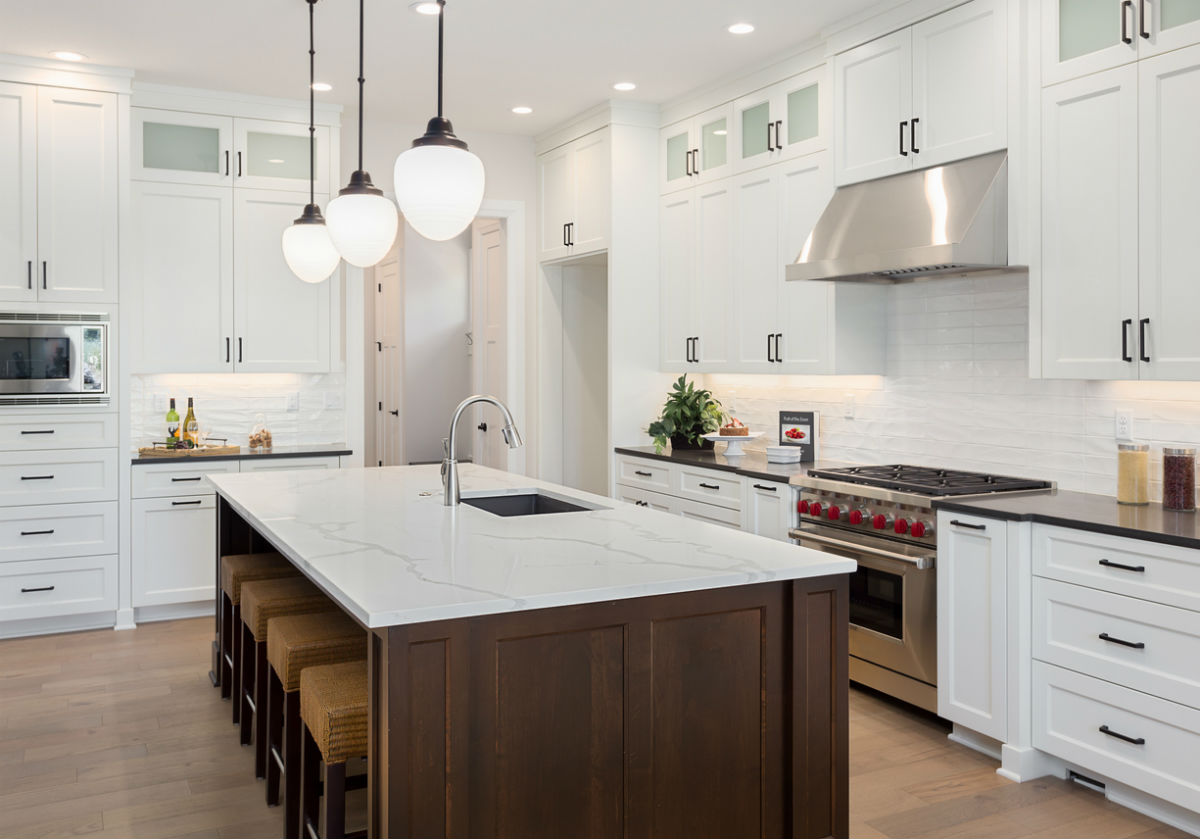
After determining your kitchen island size and height, factor in your wants and needs.
Do you cook a lot? Do you hope to add storage? What about seating? Here are the four factors to consider when placing and designing an island:
- Appliance Layout. Many kitchen designs work utilize the “work triangle” layout, which triangulates the sink, cooktop, and refrigerator—the core meal prep area—for easy access and efficiency. Each leg of the triangle should be between four and nine feet, and the sum of all three sides should be 13 to 26 feet. If your cooktop will be housed on the island, carefully plan the placement of the sink and fridge in relation to it. For example, if the refrigerator will be behind or to the side of the island, ensure there is enough unimpeded space, even when the fridge door is open.
- Organization. The island should be a seamless component of your kitchen’s functionality. Design or build it to suit your storage needs, with cabinets, shelves, and drawers to hold items you’ll use while working or sitting at the island. Also consider including a sliding pull-out drawer for trash. Keep in mind that built-in appliances like a stovetop, dishwasher, microwave, and sink increase an island’s functions but reduce interior space for cabinets.
- Food Prep and Serving. If you and your family cook a lot, having a gas or electric range top on the island—as well as uncluttered counter space beside it for food prep—will make things easier and fun for home chefs. In addition to chopping and mixing, the countertop will be used for serving, so choose a rugged and heat-resistant material like sealed stone, stainless steel, or tile. If you intend to do major grilling or frying, install a downdraft fan or vent hood over the island to banish food smells and grease particles.
- Breakfast Bar. Islands that offer a breakfast bar feature encourage family time and come in handy when entertaining. Match the height of your island with the height of standard bar stools or the custom stools you’ll be using. Three stools can fit comfortably at the average breakfast bar, but if you want to seat more people, sure to give each one 24 inches of space in total. Remember that these stools must be pulled out to a comfortable degree, so ensure two to three feet of clearance on that side of the island.
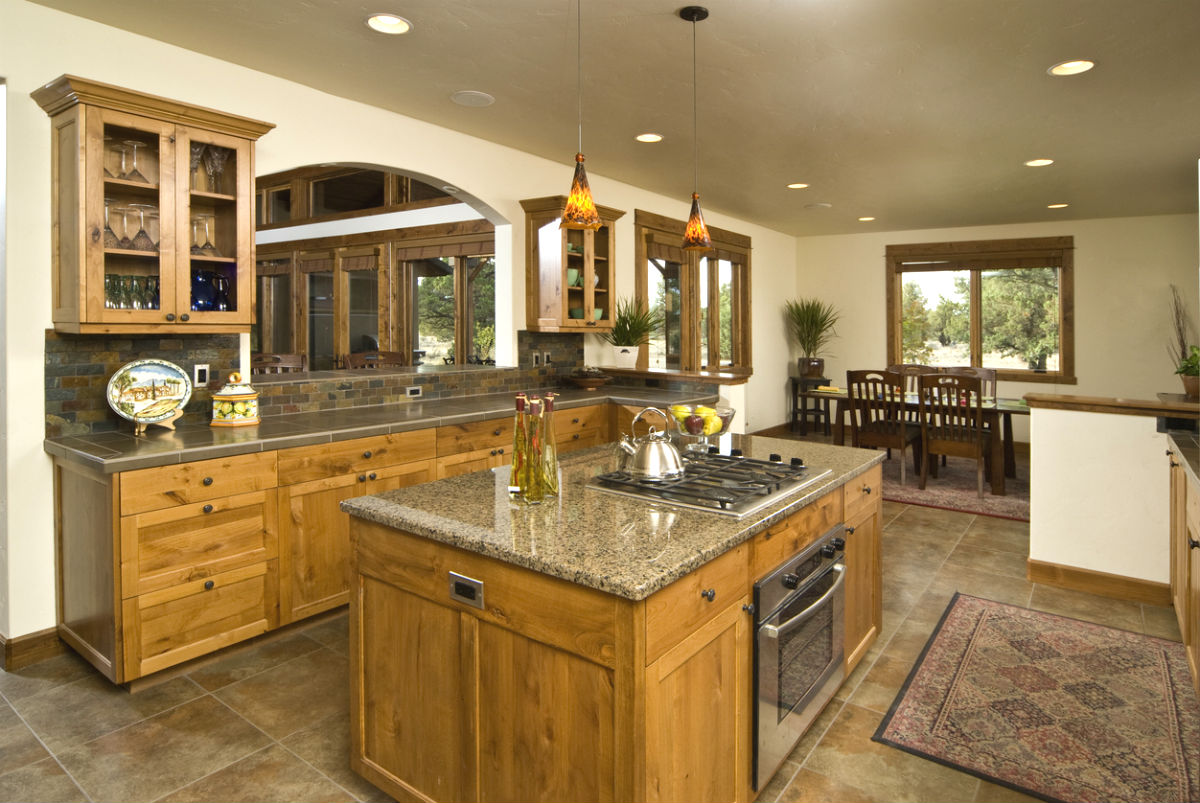
Consider four popular island configurations and their spatial requirements.
Scenario 1: An all-inclusive island will service a large, bustling kitchen.
If you have a large kitchen (more than 200 square feet), you have room for a deluxe island with all the perks, serving multiple needs and still leave countertops relatively clutter-free. Be warned: Your island will need to be at least nine feet long to comfortably accommodate both a sink and a cooking range. Seven feet is needed for either a cooktop or a sink area. If you have adequate space, you can even install a dishwasher next to the sink, to maximize efficiency when cleaning.
One caveat: Be careful not to over-crowd your island with too many functions (prepping, cooking, cleaning, eating), especially if you don’t have at least nine feet to work with. And remember that if a sink or dishwasher is installed, space is lost for storage and seating.
Scenario 2: A kid-friendly island needs a wider berth and clear counters.
If you have children, you may wish to make the kitchen island a central zone for family connection, fun, and learning. With the right design, a two-foot by four-foot island should meet your family’s needs, as long as you provide at least three feet of surrounding space. Instead of including both a stove and sink, choose one major function (cleaning and prep, or cooking), and dedicate a section of the island as a work/play space.
- The work functions could include a countertop space devoted to homework and snacks, as well as cabinets or shelves underneath for storing school supplies and lunch boxes.
- The play functions could include a built-in blackboard for game nights (to keep score), as well as easy-to-reach storage for games, books, and art supplies.
Scenario 3: A minimalist’s island prioritizes uncluttered counters.
Minimalists appreciate the island as a sleek, striking focal point in the kitchen, pared down to the essentials. Imagine a simple countertop, made of beautiful monotone composite or sealed stone, with hidden cabinets below for unobtrusive storage. A sink or stove top can be included, too, as long as the hardware isn’t fussy. Family and friends can enjoy each other’s company in comfortable stools on one or several sides of the island. Just be sure you have enough space—both free counter space and space around the island—because minimalists abhor over-crowding.
Scenario 4: A moveable island uses wheels to provide the most flexibility.
If your kitchen doesn’t meet the spatial requirements for a built-in island, consider an island on wheels. Technically called carts by furniture merchants like Wayfair and designed for smaller kitchens, they come in a range of sizes and styles. For example, a kitchen cart that is 2.5 by 1.5 feet and three feet high can be situated in a convenient location to offer a food prep area and storage below (sorry, no chance of a sink, stovetop, or other built-in appliances). Another option is a drop-leaf island, which contains a hinged leaf to offer extra tabletop space for preparing, serving, and eating.
